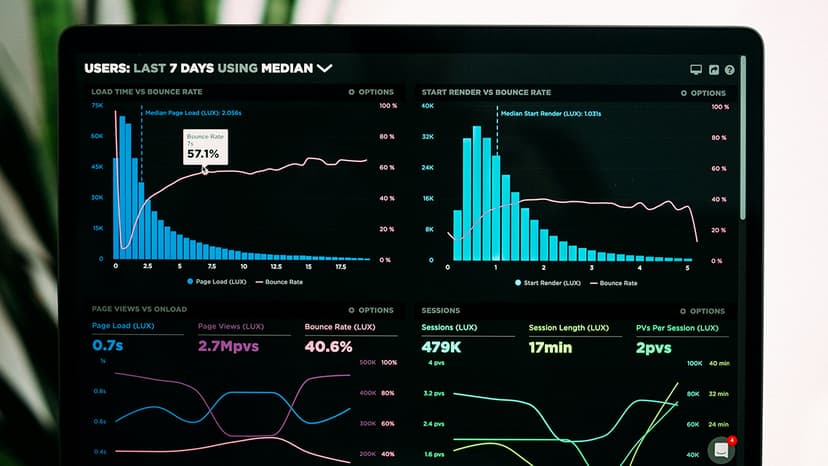Untangling the Debt to Equity Ratio Mystery
Navigating the vast ocean of financial metrics can be akin to decoding an intricate puzzle. Among these metrics, the debt to equity ratio stands as a stalwart beacon, guiding investors and analysts in gauging a company's financial health. It's kind of like a financial doctor's report, shedding light on whether a business is binging on debt or maintaining a balanced diet of capital sources.
What is the Debt to Equity Ratio?
Imagine you are building a tower. The base consists of your own building blocks—the equity, while borrowed blocks—debt, are stacked on top. If your tower has too much of the borrowed stuff, it could topple over with the slightest wind (financial trouble). Keep that visual in mind as we unpack the debt to equity ratio.
Simply put, this ratio compares a company's total liabilities (debts) to its shareholder equity. It's a snapshot of how a company is funding its operations and growth, and it's expressed as a numerical value. Here's the nifty equation to calculate this ratio:
Debt to Equity Ratio = Total Liabilities / Shareholder Equity
The numerator, total liabilities, encompasses everything a company owes, both in the short and long term. The denominator, shareholder equity, is what remains when you subtract the company's total liabilities from its total assets—it's the money shareholders have 'invested' in the company.
Now that we've grasped the formula let's grab our shovels and unearth how to interpret this ratio.
Interpreting the Debt to Equity Ratio
A good debt to equity ratio is like a perfectly seasoned dish—it should have the right balance of spices. Too much or too little can ruin the meal, or in this case, the financial stability of a company. The magic number varies across industries because each sector has its tolerance for debt.
In general, a lower ratio (around 1 or below) signifies that equity has a larger stake in the company's assets. It implies more padding, more room for errors—like a financial cushion. It suggests that the company isn't overly reliant on debt to fuel its business, which can be reassuring in tumultuous economic times.
Conversely, a higher ratio indicates that debt is the primary source of funding. This isn't necessarily bad; it could mean the company is leveraging debt to grow, akin to taking out a mortgage to buy a bigger house because you see potential in it. But too high a ratio can be risky—it's a tightrope walk without a safety net. Creditors might furrow their brows, and investors could get jittery.
What's a Good Ratio?
This is where it gets tricky. A 'good' ratio isn't a one-size-fits-all situation. Think about it like clothing—what fits well on one may not on another. For instance, capital-intensive industries like manufacturing might have higher ratios than, say, tech companies who might not need as much equipment.
Typically in many industries, a ratio of 0.3 to 0.6 is considered healthy, but in sectors like utilities, where consistent infrastructure investment is key, a ratio up to 1.5 might still be seen as satisfactory.
Let's say you're scoping out Apple, a tech giant known for its hefty cash reserves. A high debt to equity ratio here could be surprising unless you factor in strategic financial maneuvering, like leveraging low-interest debt against overseas cash to avoid repatriation taxes.
Conversely, a startup tech company with a high ratio might ring alarm bells. Why? They might be burning through borrowed money too fast without a stable income yet, which can spell trouble if they don't hit it big.
At the end of the day, when you're evaluating a company's financial muscle, the debt to equity ratio is a powerful tool to have in your toolkit. Like all metrics, though, it should be used in concert with others to get a full picture of a company's financial health. Think of it as a piece of a larger financial puzzle, not the whole picture.
Wrapping Up
Summing up, the debt to equity ratio is a crucial metric, shining a light on a company's financial structure. It's a window into how they leverage debt and equity to stay in the game. A well-balanced debt to equity ratio is the hallmark of a financially healthy company, but a 'good' ratio needs context—the type of industry, market conditions, and specific company strategies.
Before you go, remember that behind all the numbers and ratios are stories about how companies grow, survive, and stay resilient in the face of economic twists and turns. The debt to equity ratio helps us understand a chapter of that story—how a business balances risk and reward as it scales the heights of its industry.












